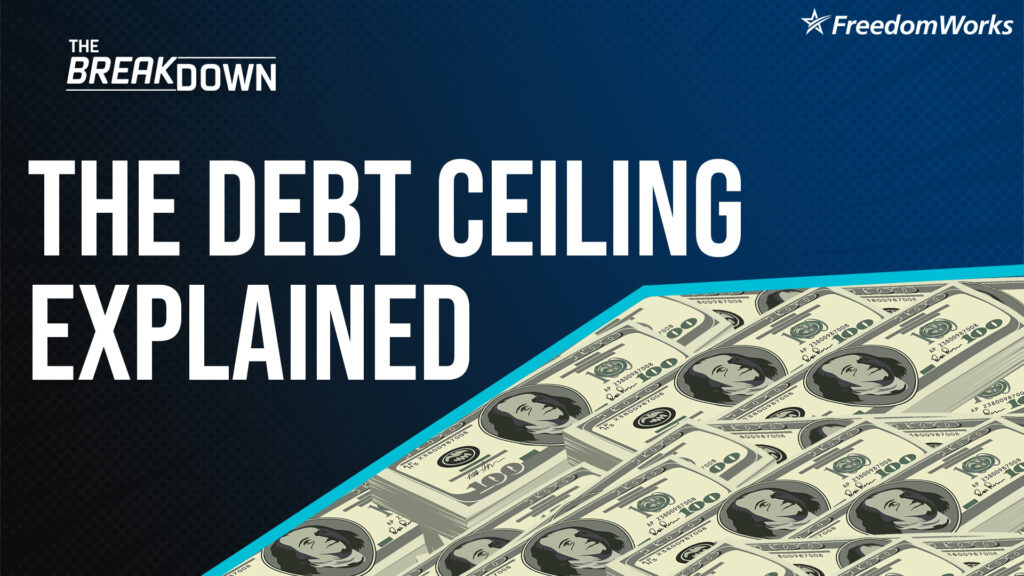When it comes to financial stability and financial independence, time is an important asset. We all grew up being told that “money doesn’t grow on trees,” and that’s true. However, if you invest carefully and maintain those investments, you can “grow” much more money than you spend. This is the power of compounding interest, and when done over many years, the difference between what you invest and what you earn continues to grow.
For example, if you invested $3,000 today and put $100 a month into financial vehicles that had a 7% return on investment for ten years, you would have put in $15,000, but the returns would earn you another $7,495. If you do this for 20 years, you would have put in $27,000, and your investment returns will quadruple to $33,829. You’ve now created your own “money tree.”
As our life spans increase, so does uncertainty about the future of social security. If we had privatized or rather invested just a tiny portion of social security taxes in stocks back in the early 1990s when the Dow Jones Industrial Index was at 8,000 (it is almost 37,000 today), tens of millions of Americans would be receiving retirement income two to three times more than Social Security will now pay them. Furthermore, there would be no Social Security Trust Fund depletion in 2035, and younger Americans would have accounts overflowing with money.
So it is more important than ever to understand how a savvy investing and savings discipline can grow your money to create a more financially stable and comfortable life. Be assured that technology is creating enormous investment opportunities; this trend will only continue, so be sure to take advantage of the phenomenal growth.
Check out below how the average retirement costs have increased since 1951. We can adjust these numbers for inflation using this tool: https://www.usinflationcalculator.com • In 1951 – Cost to Retire: $27,991.60 • In 1971 – Cost to Retire: $64,970.80 • In 1991 – Cost to Retire: $218,116.00 • In 2019 – Cost to Retire: $540,999.90
These are no small sums. If you do not have this amount saved for retirement by age 60, you are not alone.
The good news is that there are more options available today than ever before to prepare for your retirement. To get on the right track, start by calculating a clear estimate of your income needs and savings. Find ways to cut expenses or consider moving to a lower cost state, as millions have done throughout the pandemic. Utilize tax advantaged retirement planning vehicles such as 401Ks, IRAs, and HSAs. These are critical to accelerating your savings plans.
Most people may not understand the concept of compounding or linear versus exponential growth, but these are the most powerful principles of wealth building. Albert Einstein once labeled compound interest the eighth wonder of the world: “He who understands it, earns it. He who doesn’t, pays it.”
Imagine the following two scenarios:
Option #1: I give you $1 per day for the next 30 days;
-or Option #2: I give you a penny on the first day, two cents on the second day, four cents on the third day, eight cents on the fourth day, and so on for 30 days.
Obviously, option #1 nets you $30. This is easy to predict, the definition of linear.
But option #2, where we are starting with a penny and doubling the amount for 30 days (i.e., growing exponentially), goes from deceptive to disruptive.
After 30 doublings, the situation gets disruptive because if you chose option #2, you would end up with a payout of $10,737,418.24. That’s a payout of 1-billion fold which clearly illustrates the promise and power of exponential growth versus linear growth. One of our biggest challenges is to train our brains to think exponentially.





